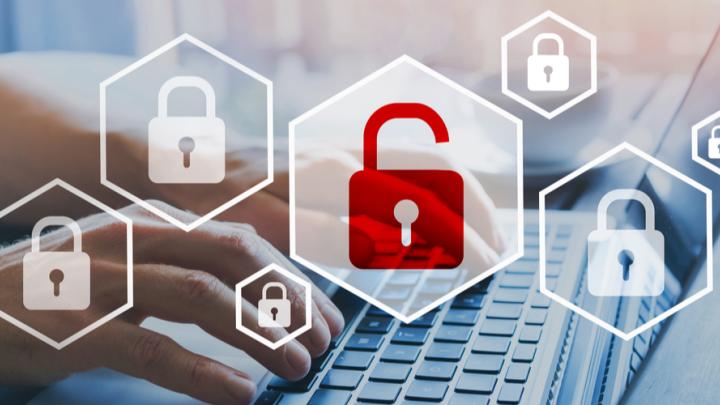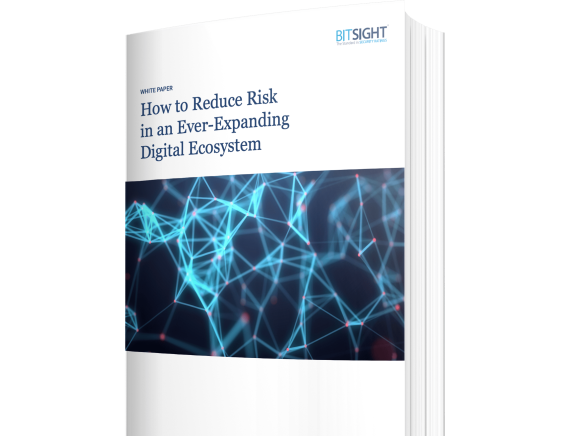With companies racing to achieve digital transformation via the cloud, the Internet of Things (IoT), and bring your own device (BYOD) policies, digital ecosystems are expanding faster than ever. Learn how to protect against threat actors that are taking advantage of new vulnerabilities that are harder to detect.
Is Your Reputation at Stake?
Tags:

It’s often said that our reputation precedes us. When it comes to the damage that can be done by a cybersecurity incident, that couldn’t be more true. In today’s security-focused world, a single breach can dramatically impact the public perception of your organization, ultimately leading to a loss of business and a hit to your bottom line.
Preventing these damaging repercussions essentially comes down to your ability to continually monitor all the assets in your expanding digital ecosystem — across geographies, subsidiaries, and the increasingly remote workforce.
As cybersecurity comes to represent a larger threat to the global economy, organizations and consumers are increasingly making decisions about who they will do business with based on a company’s security reputation.
Does cyber reputation matter?
Would you do business with someone you didn’t trust? After all, as in life in general, trust is at the heart of every business relationship. But in an era when data has replaced almost all other assets as the most valuable thing most companies own, how do they know who to trust with those assets?
Mostly it comes down to reputation. A company that has suffered repeated data breaches or is known to be irresponsible in the way it handles either it’s own data or worse, that of its customers, is unlikely to get repeat business — and eventually it can impact the opportunity for new business. Indeed, according to Forrester, more than one-third of companies agree that they have lost business due to either a real or perceived lack of security rigor, and 82% of decision makers agree that the way customers and partners perceive security is increasingly important to the way their firm makes decisions. This has a material impact on shareholder value and company value.
The crux of the issue facing businesses is that few really have any idea where they stand. With the historical lack of a way to easily demonstrate security rigor — especially in the wake of a breach — often business decisions have come down to relying on the word on the street, memories of old news headlines, or arbitrary evaluations. And just like in social circles, once a reputation is tainted it can be a long, hard road back.
Reputation in the cloud era
No matter what new technologies come our way, reputation will always matter — especially in business. It can be difficult for data to dislodge the memory of an egregious headline, and it will always take time for confidence to recover. But that takes a very narrow, after the fact view of things.
The best way to preserve your reputation is to proactively preserve it and limit the potential for negative events.
While it’s a sad reality that perfect security is impossible, being able to demonstrate a reasonable standard of care and continuous improvement, verified with objective externally observable data, and openly communicated, can do much to assuage business partners. This starts with visibility into your assets and knowing what is where. Experience has shown that this crucial step has actually become remarkably hard in the cloud and SAAS era.

The ease with which a new cloud instance can be spun up or a new SAAS tool can be purchased in marketing or HR has created a shocking distributed ecosystem for many organizations. While rigorous procurement and onboarding processes can help limit the extent of Shadow IT, mergers and acquisitions, subsidiaries, and business units in different geos can complicate matters. Often these entities are using their own unique legacy infrastructures, using systems inherited from an M&A deal, or operating in unique local regulatory environments.
Any one of these can represent a material risk to your reputation, and to your ability to win future business.
Most organizations try to manage these with high manual processes such as spreadsheets, which are both time consuming to update and have little guarantee of being accurate. Furthermore, they give no insight into how various cloud instances are configured, their security posture, and how they’re performing from a security perspective.
The sheer scale of the job can often make security teams feel overwhelmed.
But it doesn’t have to be this way.
Pathways to visibility
Bitsight Attack Surface Analytics was created to make managing cybersecurity risk across a distributed and complex digital ecosystem easier, and put minds at ease — from the depths of the SOC all the way to the boardroom. In a single pane of glass, security teams can discover previously invisible or overlooked assets — even ones inherited through an acquisition or subsidiaries in far flung locations, get instant insight into the security posture of their clouds — such as whether they have been configured properly, and get contextual information such as how various cloud providers or geos comparatively perform. Furthermore, the externally observable and verifiable information is presented in a way that makes it easy to broadly communicate security performance and improvement over time, helping to preserve and secure your business reputation.
This visibility gives you the peace of mind of knowing your bases are covered and there are no surprises lurking out there, waiting to become your next reputation-damaging security nightmare.
To learn more about how to protect your reputation and reduce the risk in your expanding digital ecosystem, check out our new white paper.


